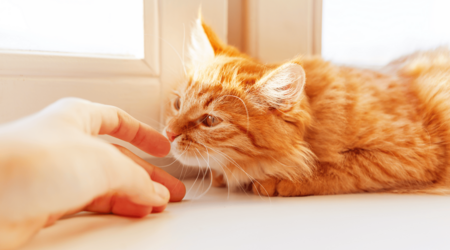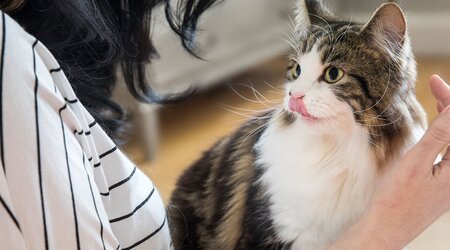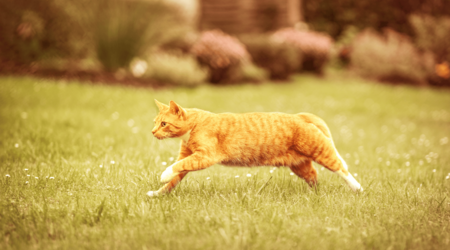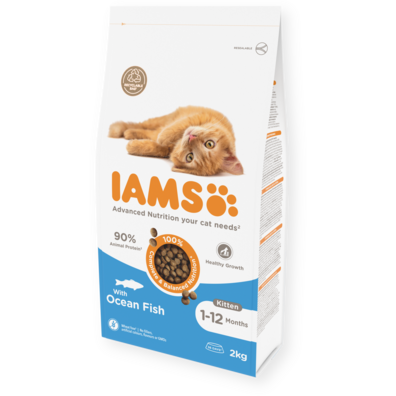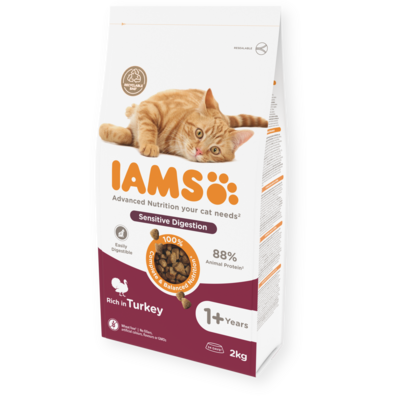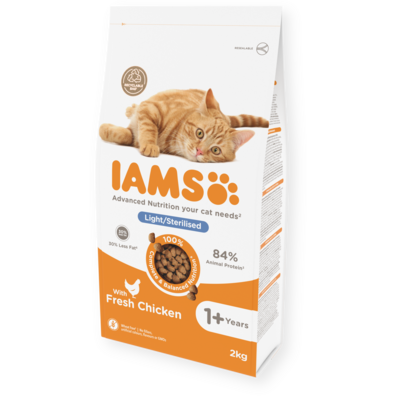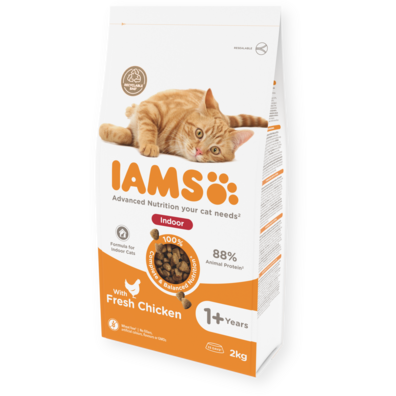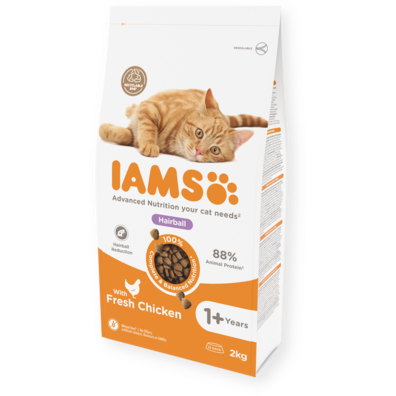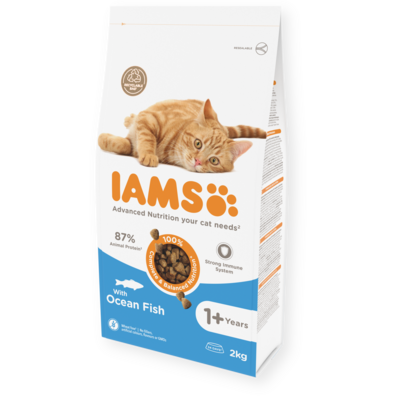How to Create Harmony in a Multi-Cat Household
Although cats are often seen as independent creatures, many of them actually enjoy the company of other cats. Living in a multi-cat household can be a rewarding experience: full of play, affection, and companionship.
However, it can also bring challenges like territorial behaviour, stress, or even spraying indoors if not managed properly.
This guide helps you understand how to introduce a new cat or kitten, reduce multi-cat household stress, and maintain peace among your feline family members.
-
Introducing a new cat should be done gradually using separate spaces, scent swapping, controlled first meetings, and positive reinforcement.
-
Stress in multi-cat homes may show through hiding, aggression, litter box avoidance, or spraying, and should be addressed early.
-
Harmony improves when each cat has sufficient resources, including separate food and water bowls, multiple litter trays, and vertical retreat spaces.
-
A successful multi-cat household depends on available space, time, financial resources, and providing suitable nutrition for each cat’s individual needs.
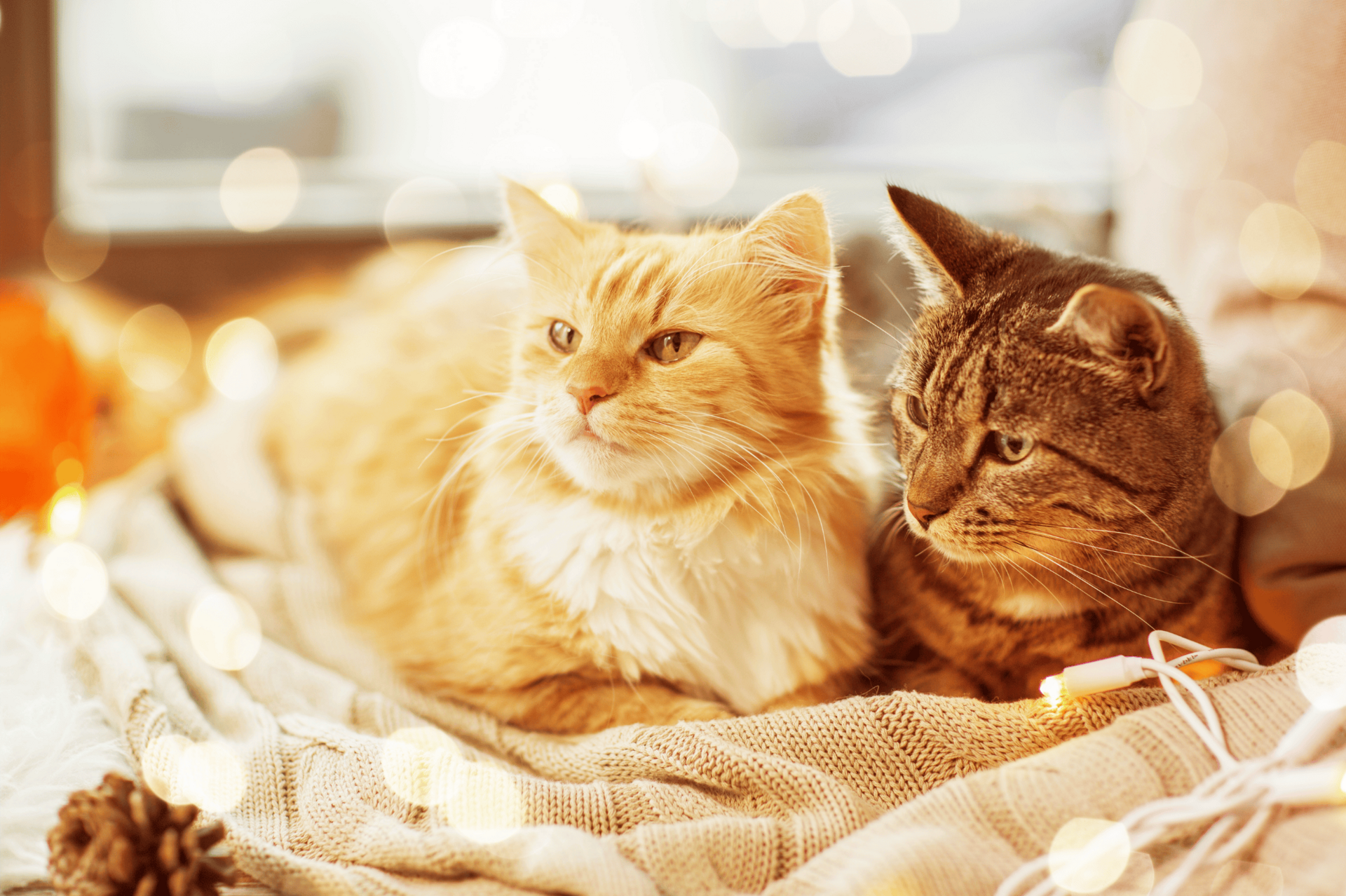
Introducing a new cat to a multi-cat household
A multi-cat household usually works best when the cats have grown up together from the same litter, as they already share familiar scents and routines. But if you’re bringing a new cat into your home or adopting an older cat, a careful introduction process is key.
Step-by-step guide to introducing cats
- Start with separate spaces: Keep your new cat in a room that your current cat doesn’t often use. This allows each to adjust safely and at their own pace.
- Swap scents before meeting: Exchange bedding or toys between the cats so they can get used to each other’s smell.
- Plan the first meeting carefully: After a few days, let them see each other through a baby gate or cracked door. Gradually increase contact based on how calm they remain.
- Provide equal resources: Place food bowls, water, and litter trays in separate locations. Cats may compete over shared resources, so ensuring access for both helps avoid conflict.
- Reward calm behaviour: Use praise, playtime, or healthy treats to encourage relaxed behaviour when the cats are near each other.
Reducing stress in a multi-cat household
Even after successful introductions, some tension is normal. Understanding your cats’ needs helps prevent stress and keeps everyone happy.
Look out for:
- Hiding more often than usual
- Aggressive body language
- Avoiding litter trays
- Spraying indoors or marking territory
Stress can lead to spraying in cats, which is often a way of communicating insecurity rather than misbehaviour.
How to stop spraying in a multi-cat household
- Make sure there are enough litter trays: ideally one per cat, plus one extra.
- Keep trays clean and in quiet areas.
- Use calming pheromone diffusers or sprays to reduce anxiety.
- Offer plenty of vertical space (shelves, cat trees) so each cat can retreat and feel safe.
If spraying continues, visit your vet to rule out medical causes such as urinary tract infections.
Are cats happy in a multi-cat household?
Most cats can live happily together, as long as they feel secure and have their own territory. You’ll often see them grooming each other, sharing sleeping spots, or playing together once they bond.
But remember: not every cat wants to be best friends. Some may simply learn to peacefully coexist, and that’s perfectly fine.
How many cats is too many?
There’s no strict rule for how many cats a home can handle, but consider these factors before adding another furry friend:
- Space: Ideally, have no more cats than half the number of rooms in your home. This gives everyone enough personal space.
- Time: Each cat needs attention, enrichment, and play.
- Finances: Food, litter, and vet care add up. Make sure you can provide for all your pets comfortably.
A happy multi-cat home is one where each cat’s needs are met and stress is minimized.
The right food for a multi-cat household
Cats that live together may have different nutritional needs based on age, activity level, or health. Choosing a high-quality cat food that supports healthy digestion, coat condition, and energy is key – especially if some cats are more active than others. IAMS offers a range of cat foods, both wet and dry, tailored for cats of all ages, helping ensure every cat in a multi-cat household stays satisfied and healthy.
